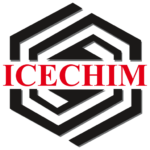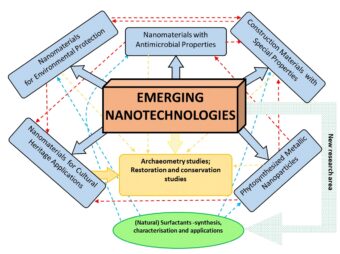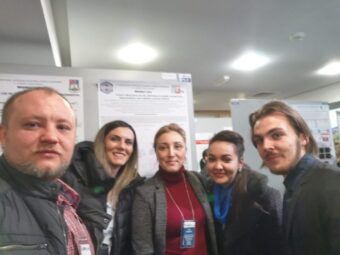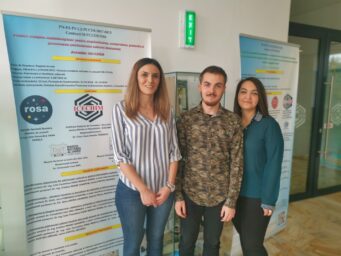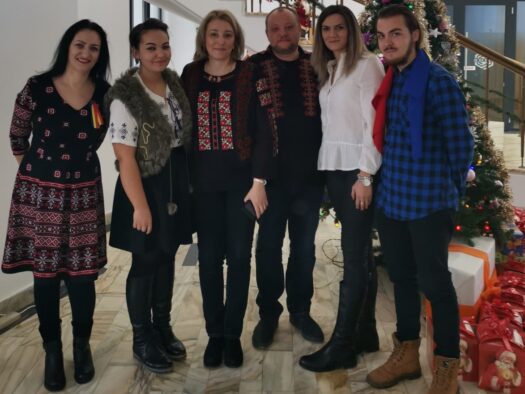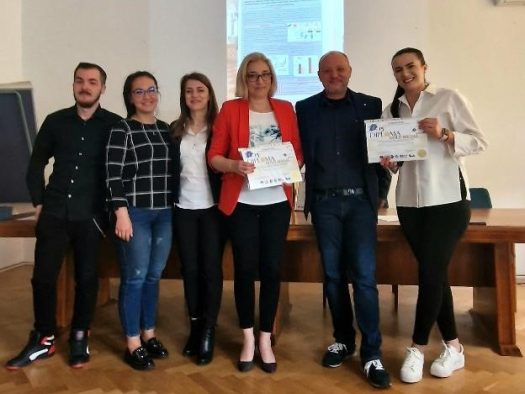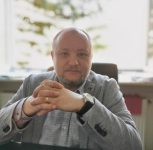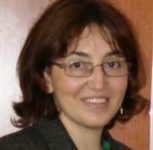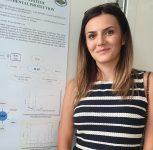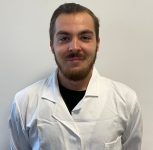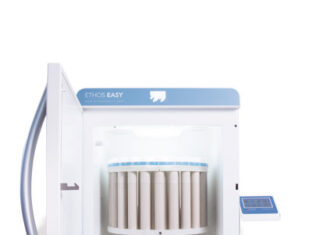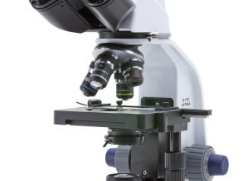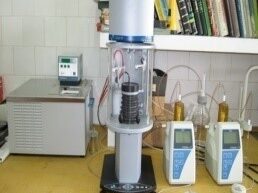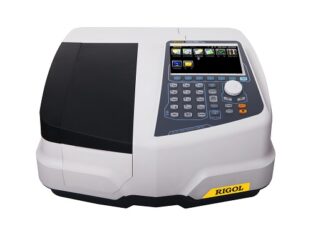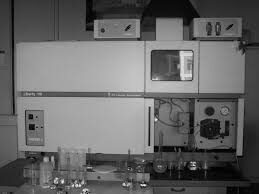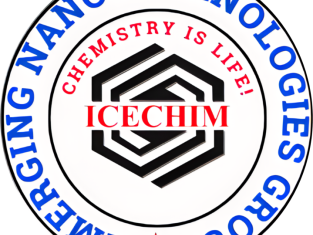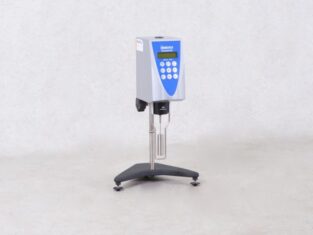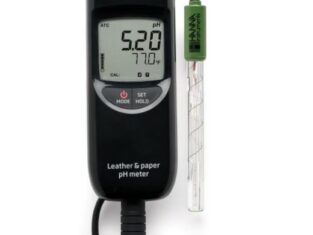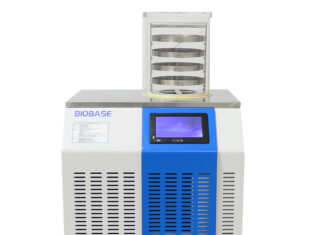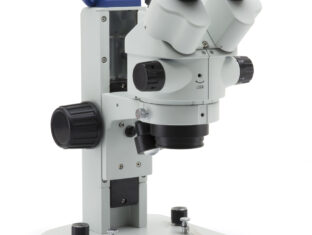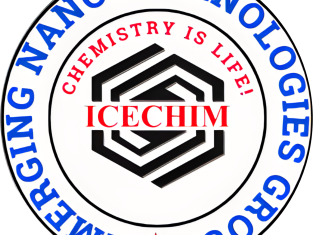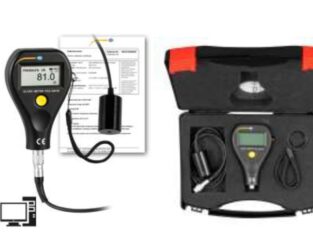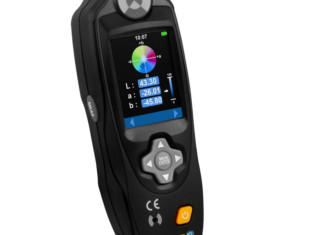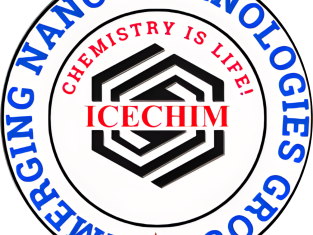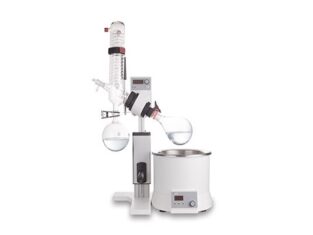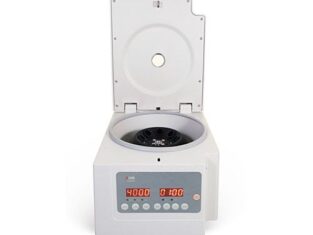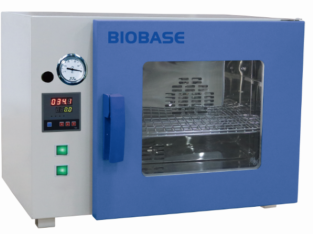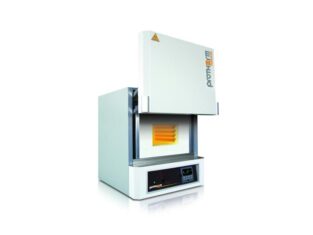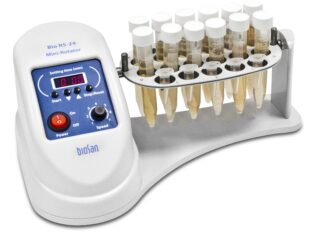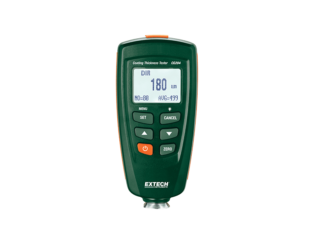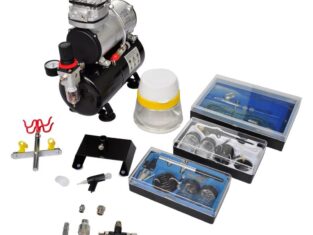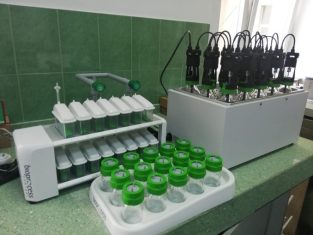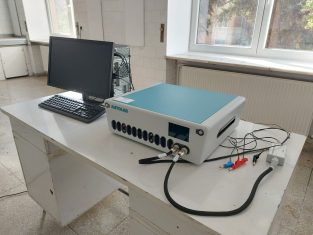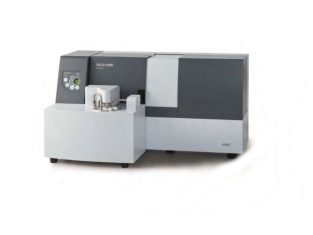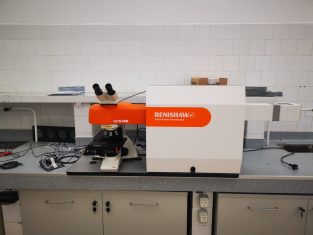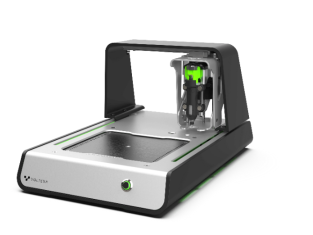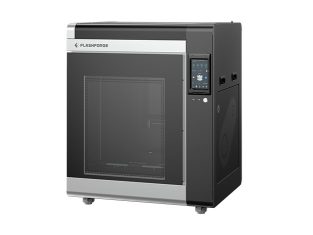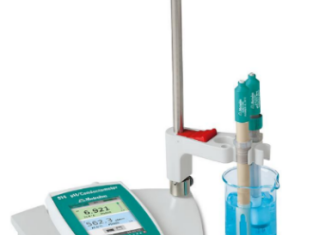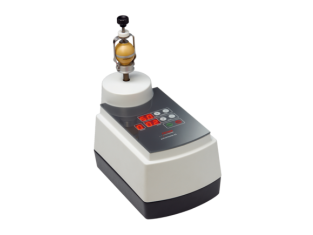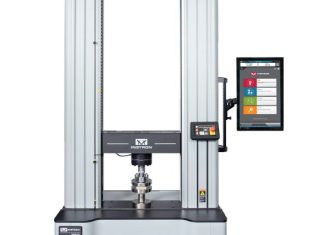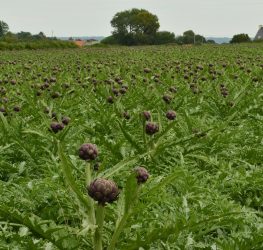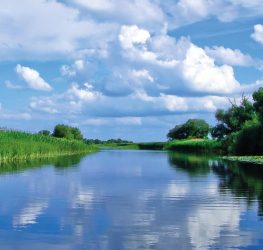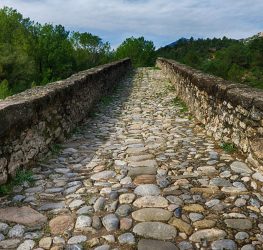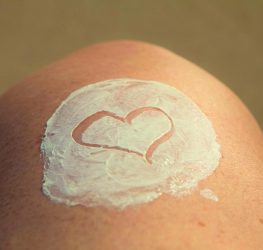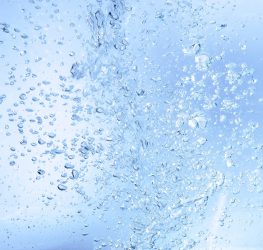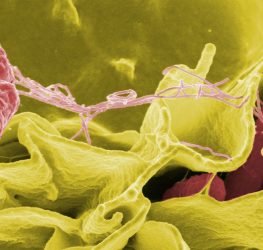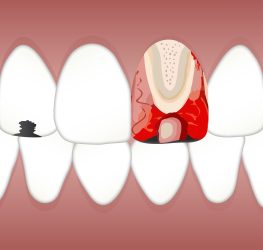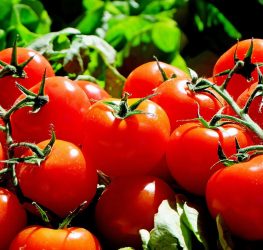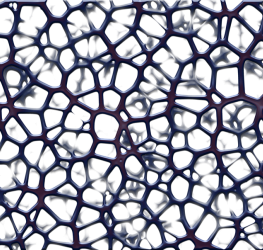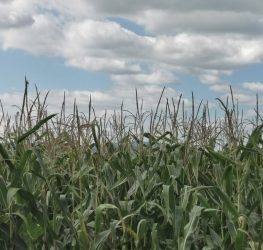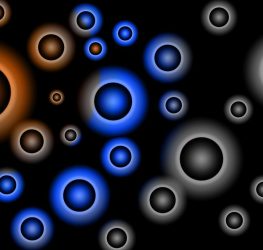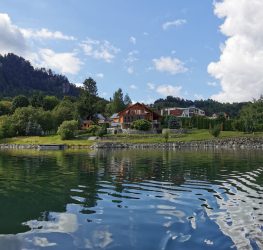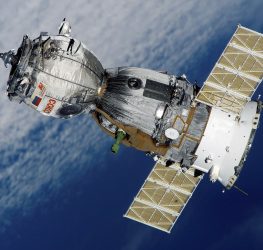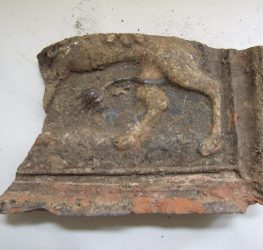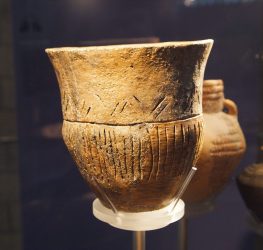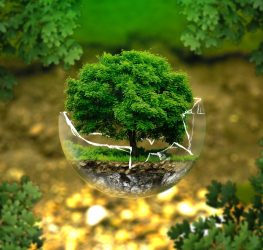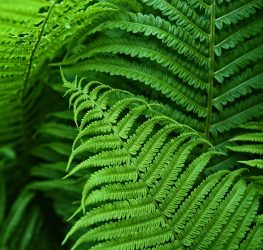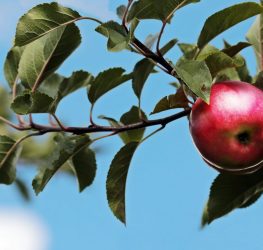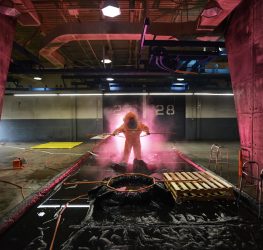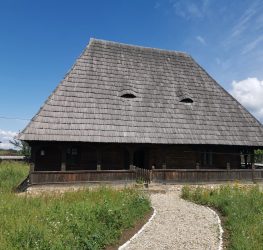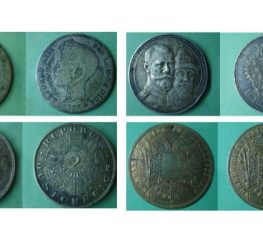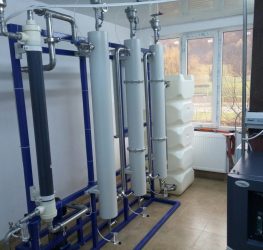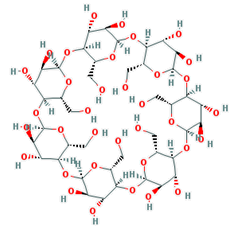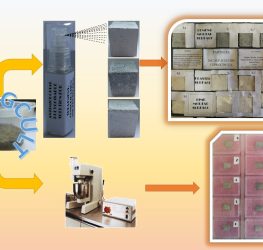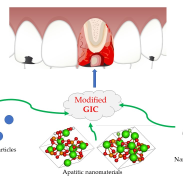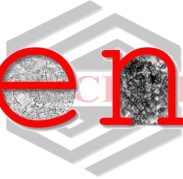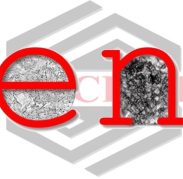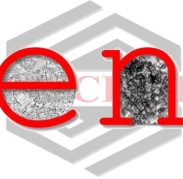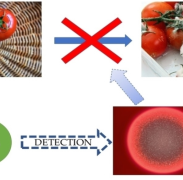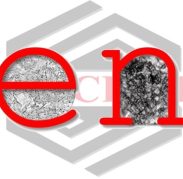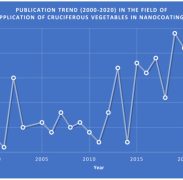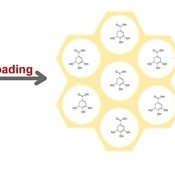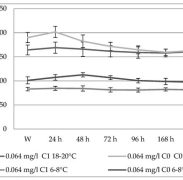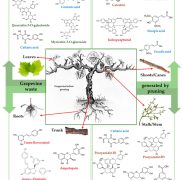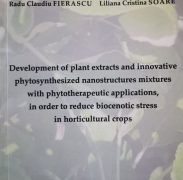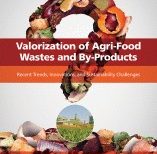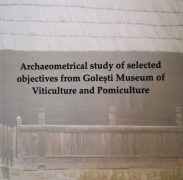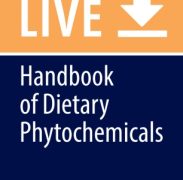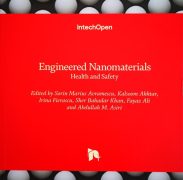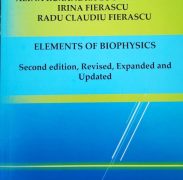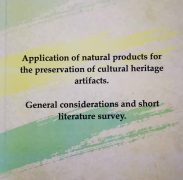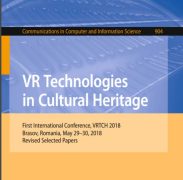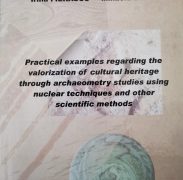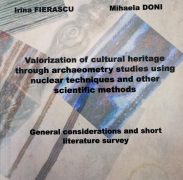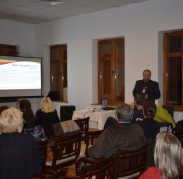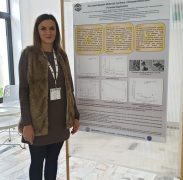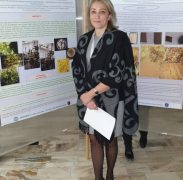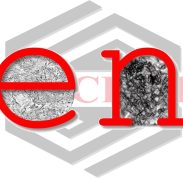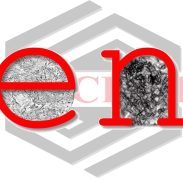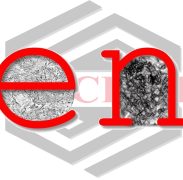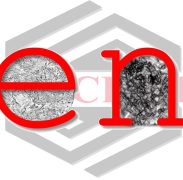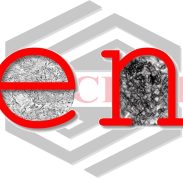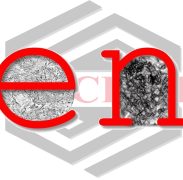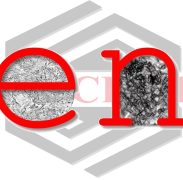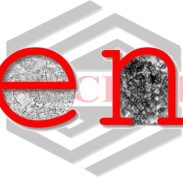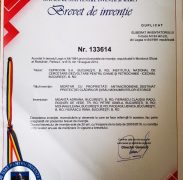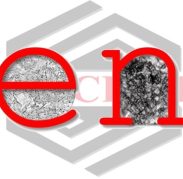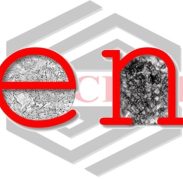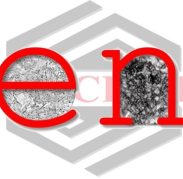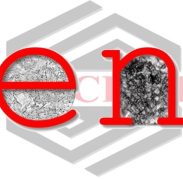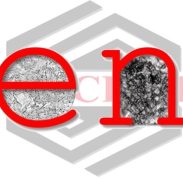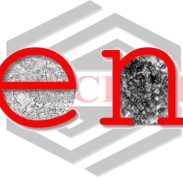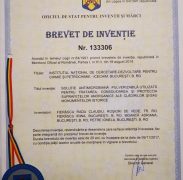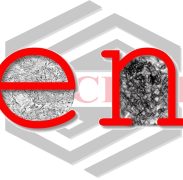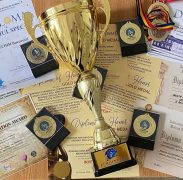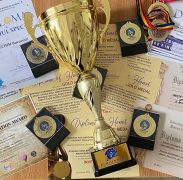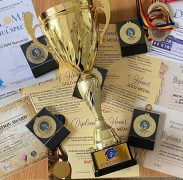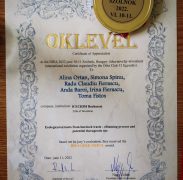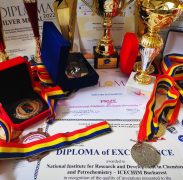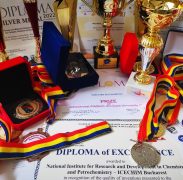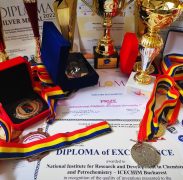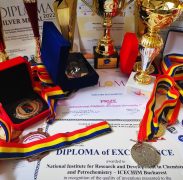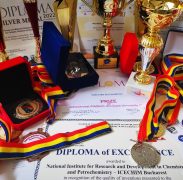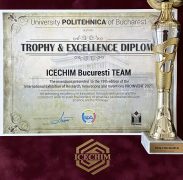E7: Nanotehnologii emergente
Per aspera ad astra În general, expresia “Tehnologii emergente” acoperă tehnologii noi și cu potențial ridicat, care pot fi considerate critice pentru viitorul umanității (de exemplu, manipularea genetică, inteligența artificială, energia alternativă și nanotehnologia). Astfel, chiar dacă nanotehnologia este ea însăși o tehnologie emergentă, când vorbim despre “Nanotehnologii emergente” ne concentrăm asupra unor noi aplicații, precum protecția mediului, protecția patrimoniului cultural sau dezvoltarea de noi materiale de construcție, domenii în care membrii echipei de cercetare posedă o experiență recunoscută, fapt dovedit de lucrările științifice publicate, brevetele și proiectele de cercetare dezvoltate. Domeniile de cercetare acoperite de Echipa Nanotehnologii emergente (documentate de peste 130 de publicații în reviste ISI, brevete și proiecte de cercetare) pot fi rezumate după cum urmează: a. Sinteza, caracterizarea și aplicarea de noi nanomateriale pentru protecția mediului; b. Dezvoltarea de noi nanomateriale cu proprietăți antimicrobiene; c. Obținerea de materiale de construcție (bazate pe nanomateriale) cu proprietăți speciale; d. Sinteza și caracterizarea nanomaterialelor pentru aplicații legate de protecția patrimoniului cultural; studii de arheometrie. Echipa Nanotehnologii emergente urmărește: – Promovarea inovării privind utilizarea nanomaterialelor în aplicații noi, de vârf; – Implementarea colaborărilor în cercetare la nivel local (INCDCP-ICECHIM) și cu partenerii naționali și internaționali, în domeniile pentru care grupul dispune de experiență dovedită; – Elaborarea de proiecte de cercetare independente, așa cum sunt prezentate în capitolul “Proiecte de cercetare”. Schimbarea principală a direcției la nivelul echipei de cercetare este reprezentată de tranziția de la metode chimice pentru obținerea nanoparticulelor metalice la metode bazate pe “chimia verde”, respectiv fitosinteza nanoparticulelor metalice pentru aplicații biomedicale. Sinteza, caracterizarea și aplicațiile surfactanților (naturali) reprezintă noul domeniu de cercetare explorat. În același timp, echipa de cercetare explorează utilizarea sistemelor coloidale în aplicații legate de creșterea calității vieții (cum ar fi aplicațiile industriale – detergenți-cosmetice, prelucrarea metalelor, textile, medicină, agricultură și aplicații de mediu). Facebook si Twitter: @EmNanoICECHIM
Abordare transdisciplinară pentru dezvoltarea de soluții tehnologice în vederea recuperării de compuși țintă din fluxurile laterale agricole
Valorificarea deșeurilor de plante reprezintă o abordare atractivă în cadrul politicilor UE de gestionare a deșeurilor și de dezvoltare a unei economii circulare.
Managementul integrat al apelor Dunării
Proiectul strategic „Management Integrat al Apelor Dunării” a fost implementat în perioada 2012-2015 și a fost finanțat în cadrul Programului de cooperare transfrontalieră România-Bulgaria 2007-2013.
Compozite multifuncționale inovatoare pentru protecția obiectelor aparținând patrimoniului cultural
Proiectul InHeritage își propune să dezvolte materiale compozite multistrat noi cu funcții multiple (consolidare, autocurățare și antimicrobiene) aplicabile pentru conservarea diferitelor substraturi anorganice.
Formularea de produse cosmetice protective obținute prin aplicarea strategiilor integrate și durabile ale bioeconomiei
Proiectul BioProtect propune utilizarea nanomaterialelor atât ca ingredient activ, cât și ca sistem de livrare a compușilor bioactivi recuperați din subproduse de struguri pentru dezvoltarea unor produse cosmetice.
Nanocompozite antimicrobiene pe bază de spumă poliuretanică pentru aplicații biomedicale, sintetizate prin tehnologie asistată de radiații
Obiectivul principal al acestui proiect este realizarea unui model funcțional de materiale nanocompozite pe bază de spumă poliuretanică și nanoparticule metalice, pentru aplicații biomedicale (de ex. saltele, acoperiri de suprafață, covoare, etc.).
Tehnologie integrată pentru eliminarea avansată a metalelor grele și a arseniului din matrici complexe utilizând nanomateriale adsorbante
Scopul proiectului îl constituie transferul și dezvoltarea unei tehnologii de depoluare a apelor cu concentrații ridicate de metale grele și arsen dintr-o matrice poluantă complexă către un agent economic cu tradiție în domeniul protecției mediului
Nanostructuri fitosintetizate de înaltă performanță utilizate ca senzori pentru detectarea microorganismelor patogene din produse alimentare
Conceptul proiectului NanoBIOPAT se bazează pe o metodă modernă și „verde” de obținere a nanostructurilor mono și bimetalice cu ajutorul extractelor naturale din legume crucifere, pentru a obține platforme de detectare a agenților patogeni.
Prin intermediul nanotehnologiilor către următoarea generație de materiale de restaurare dentară
Scopul principal al proiectului NanoDent este de a propune un potențial material de restaurare dentară cu proprietăți antibacteriene și rezistență mecanică îmbunătățită.
Selectarea și proiectarea biostimulanților folosind senzori electrochimici și bioanaliza fluorescentă: umplând golul dintre industrie și știință.
Scopul proiectului este de a face screening/evaluare inițială de biostimulanți cu o metodă bazată pe senzori electrochimici modificați selectiv pentru speciile reactive de oxigen/azot.
Evaluarea potentialului de exploatare a materialelor poroase in tratarea disbiozelor microbiotei
Scopul proiectului este de a dezvolta noi materiale micro și mezoporoase folosind metode de sinteză moderne și de a funcționaliza aceste materiale pentru a le îmbunătăți eficiența ca sisteme cu eliberare controlată.
Abordare cuprinzătoare in sprijinul agriculturii de precizie si al managementului mediului prin tehnologii satelitare si metode clasice de investigare
Obiectivul general al proiectului este este dezvoltarea și implementarea unui sistem de alertă pentru agricultură de precizie și managementul mediului prin identificarea evenimentelor de poluare aerului și evenimentelor meteorologice extreme.
Tehnologie verde pentru eliminarea compusilor farmaceutici din apa utilizand catalizatori pentru oxidare prietenosi cu mediul
Acest proiect propune o nouă și inovatoare clasă de catalizatori de ozonare cu o morfologie care asigură un contact ușor al ozonului și a poluanților cu suprafața solidă (filme subțiri) și o tehnologie “verde” pentru prepararea catalizatorilor..
Tratarea apei din surse contaminate cu azotați și compuși organici clorurați utilizând procese integrate de reducere/oxidare catalitică și biofiltrare
Scopul proiectului îl constituie transferul si dezvoltarea unei tehnologii de depoluare a apelor din surse contaminate cu azotați și compuși organici clorurați (pesticide și produși de degradare în mediu a acestora) eficientă și fezabilă economic.
Servicii bazate pe inteligență artificială și sisteme satelitare de observare a Terrei în sprijinul monitorizării patrimoniului cultural
AIRFARE țintește integrarea mai multor tehnici avansate, cum ar fi inteligența artificială / învățarea automată (AI / ML), cu tehnici de detectare a schimbărilor bazate pe date de observare a Pământului (EO) de la senzori multipli.
Proiect complex multidisciplinar pentru monitorizarea, conservarea, protecția și promovarea patrimoniului cultural românesc
Proiectul RO-CHER propune o metodologie multidisciplinară inovativă care integrează expertiză de înalt nivel științific pentru salvgardarea patrimoniului cultural.
Nanotehnologia – abordare inovativă cu dezvoltare de materiale și tehnici pentru salvgardarea patrimoniului cultural
Scopul proiectului îl reprezintă oferirea de soluții practice bazate pe noi rețete antifungice, pentru reducerea impactului biodegradării obiectelor și obiectivelor aparținând patrimoniului cultural.
Management integrat (conservare, restaurare, protecție) al obiectivelor aparținând patrimoniului cultural
Proiectul dorește sa vină în întâmpinarea conservatorilor/restauratorilor ca o masură de ajutor, atât prin propunerea de măsuri/strategii utile în acest domeniu, cât și prin folosirea integrată a tehnicilor dezvoltate pe baza științelor exacte.
Promovarea patrimoniului cultural folosind tehnologii actuale de reconstrucție digitală
Reconstrucția digitală prezintă aspecte teoretice şi practice cunoscute, fiind astăzi un termen consacrat în domeniul conservării şi restituirii moştenirii cultural-istorice.
Creșterea capacității instituționale de cercetare bioeconomică pentru exploatarea inovatoare a resurselor vegetale autohtone, în vederea obținerii de produse horticole cu valoare adăugată ridicată
Proiectul va asigura sprijinul necesar pentru crearea și dezvoltarea unui lanț de cercetare complementar în bio-economie, care își propune să atingă un nivel ridicat de recunoaștere la nivel internațional
Dezvoltarea de extracte vegetale și amestecuri nanostructurate fitosintetizate inovatoare cu aplicații fitoterapeutice în vederea diminuării stresului biocenotic în culturile horticole
În ultimele decenii, in domeniul științific al nanotehnologiei s-a manifestat un interes ridicat pentru obținerea și caracterizarea arhitecturilor nanometrice obținute prin metodele „chimiei verzi”.
Tehnologii inovatoare de procesare avansată a resurselor vegetale provenite din pomicultură şi viticultură
Preocuparea pentru problematica abordată este o consecință a solicitărilor venite din partea unor companii și ferme pomicole și viticole de a-și putea valorifica producția agricolă într-un mod superior.
Combaterea efectelor agresiunilor CBRN folosind noi sisteme de decontaminare polivalentă a suprafeţelor POLIDEC
În acest proiect partenerii propun să aducă noi contribuţii în domeniul combaterii efectelor agenţilor CBRN prin realizarea unor noi sisteme de decontaminare polivalentă a suprafeţelor.
Metode și tehnici inovative pentru evaluarea intervențiilor de conservare-restaurare și urmărirea de conservare a construcțiilor tradiționale din România
În România există un extrem de larg și valoros patrimoniu de construcții tradiționale și instalații de tehnică populară.
Determinarea metodologiei şi coeficienților specifici României în vederea cuantificării emisiilor şi absorbțiilor de GES în vederea cuantificării schimbărilor climatice
Actualizarea și dezvoltarea componentelor Sistemului național de evaluare a emisiilor și absorbțiilor de GES și elaborarea unei strategii pentru implementarea Acordului de la Paris.
Tehnici de stocare și valorificare a rezultatelor cercetărilor științifice avansate (SoVaReX)
Proiectul răspunde necesității promovării rezultatelor cercetărilor avansate pentru ridicarea gradului de valorificare a acestora de către comunitatea de afaceri, administrația publică locală și alți potențiali utilizatori finali.
Depoluarea apelor cu conținut de compuși organici greu biodegradabili (disruptori endocrini) prin procese de oxidare avansată utilizând catalizatori inovatori (OXYDEP)
Disruptorii endocrini (ECD) sunt substanțe chimice de sinteză care mimează funcția hormonilor și, odată ajunși in organism, alterează echilibrul hormonal.
Nanocompozite inovative core-shell pe bază de ferite/beta-ciclodextrină pentru îndepartarea poluanților organici și anorganici din enfluenți apoși
Acest proiect propune o clasă nouă și inovatoare de nanoadsorbenți cu morfologie de tip core-shell, obținuți din particule de ferită (core) și molecule de ciclodextrină (shell).
Materiale apatitice inovatoare cu activitate antimicrobiană ridicată pentru materiale de construcții și conservarea patrimoniului cultural
Proiectul propune utilizarea hidroxiapatitei dopate cu metale drept componentă antimicrobiană în materiale de construcții.
Design avangardist de nanomateriale si nanosisteme cu aplicatii practice in conservarea stiintifica a patrimoniului cultural Romanesc
Proiectul are ca scop dezvoltarea şi / sau optimizarea de metode pentru restaurarea şi conservarea bunurilor culturale, prin utilizarea nanomaterialelor.
Ioana Catalina Fierascu, Irina Fierascu, Anda Maria Baroi, Camelia Ungureanu, Alina Ortan, Sorin Marius Avramescu, Raluca Somoghi, Radu Claudiu Fierascu, Cristina Elena Dinu-Parvu
Phytosynthesis of Biological Active Silver Nanoparticles Using Echinacea purpurea L. Extracts
Materials, Volume 15, Issue 20, 2022, Article number 7327
000873066200001
Camelia Ungureanu, Gratiela Teodora Tihan, Roxana Gabriela Zgârian, Irina Fierascu, Anda Maria Baroi, Silviu Răileanu, Radu Claudiu Fierăscu
Metallic and Metal Oxides Nanoparticles for Sensing Food Pathogens—An Overview of Recent Findings and Future Prospects
Materials, Volume 15, Issue 15, Article number 5374
000839164100001
Florentina Monica Raduly, Valentin Rădițoiu, Radu Claudiu Fierăscu, Alina Rădițoiu, Cristian Andi Nicolae, Violeta Purcar
Influence of Organic-Modified Inorganic Matrices on the Optical Properties of Palygorskite–Curcumin-Type Hybrid Materials
Crystals, Volume 12, Issue 7, Article number 1005
000833368000001
Petrisor, Gabriela; Ficai, Denisa; Motelica, Ludmila; Trusca, Roxana Doina; Bîrcă, Alexandra Cătălina; Vasile, Bogdan Stefan; Voicu, Georgeta; Oprea, Ovidiu Cristian; Semenescu, Augustin; Ficai, Anton; Popitiu, Mircea Ionut; Fierascu, Irina; Fierascu, Radu Claudiu; Radu, Elena Lacramioara; Matei, Lilia; Dragu, Laura Denisa; Pitica, Ioana Madalina; Economescu, Mihaela; Bleotu, Coralia
Mesoporous Silica Materials Loaded with Gallic Acid with Antimicrobial Potential
Nanomaterials, 12, 10, 2022, 1648
000801625300001
Paunescu, Alina; Soare, Liliana Cristina; Fierascu, Irina; Fierascu, Radu Claudiu; Mihaescu, Cristina Florina; Tofan, Lucica; Ponepal, Cristina Maria
Ecotoxicological Studies on the Action of Actara 25 WG Insecticide on Prussian Carp (Carassius gibelio) and Marsh Frog (Pelophylax ridibundus)
Toxics, 10, 3, 2022,114
000774492700001
Irina Fierascu, Radu Claudiu Fierascu, Elwira Sieniawska
Advanced techniques for recovery of active compounds from food by-products
In: Valorization of Agri-Food Wastes and By-Products Recent Trends, Innovations and Sustainability Challenges 2021, Pages 693-710, https://doi.org/10.1016/B978-0-12-824044-1.00004-0
978-0-12-824044-1
Elwira Sieniawska, Alina Ortan, Irina Fierascu, Radu Claudiu Fierascu
Procyanidins in Food
In: Handbook of Dietary Phytochemicals, Jianbo Xiao, Satyajit D. Sarker, Yoshinori Asakawa (Editori), Springer Nature Singapore Pte Ltd. 2020, ISBN: 978-981-13-1745-3, DOI: 10.1007/978-981-13-1745-3_43-1
978-981-13-1745-3
Valentin Raditoiu, Irina Elena Chican, Alina Raditoiu, Irina Fierascu, Radu Claudiu Fierascu, Petronela Fotea
Application of Fourier-Transform Infrared Spectroscopy (FTIR) for the Study of Cultural Heritage Artifacts
In: VR Technologies in Cultural Heritage. VRTCH 2018. Duguleană M., Carrozzino M., Gams M., Tanea I. (eds), Springer, Cham, pp. 3-9. ISBN: 978-3-030-05818-0, DOI: 10.1007/978-3-030-05819-7_1
978-3-030-05818-0
- 1
- 2
R.C. Fierascu
Utilizarea tehnicilor nucleare si a tehnicilor asociate in studiul obiectelor apartinand patrimoniului cultural
Dezbatere națională asupra patrimoniului construit din mediul rural și a stării de conservare a acestuia, 28 noiembrie 2019 , Muzeul Viticulturii și Pomiculturii Golești, Romania
R.C. Fierascu, R.I. Brazdis, I. Farcasanu, L. Ruta, L.M. Ditu, A.N. Sutan, C.A. Nicolae, V. Raditoiu, R. Somoghi, C.L. Soare
Decorated apatitic materials: synthesis, characterization and potential application
Simpozionul Internațional Prioritățile Chimiei pentru o Dezvoltare Durabilă – PRIOCHEM Ediția a 15-a, 30 Octombrie – 01 Noiembrie 2019, București, România
I. Fierascu, R.I. Brazdis, A. Stirban, A.C. Leahu, L.M. Ditu, P. Fotea, R.C. Fierascu
Non-invasive treatment based on nanomaterials for cultural heritage objects
Simpozionul Internațional Prioritățile Chimiei pentru o Dezvoltare Durabilă – PRIOCHEM Ediția a 15-a, 30 Octombrie – 01 Noiembrie 2019, București, România
I.E. Chican, I.L. Calancea, D. Varasteanu, R. Petre , I. Fierascu , E.G. Curca, G. Surdu
Evaluation of Peroxide-Based Compositions Containing Amino Acid Surfactants
Simpozionul Internațional Prioritățile Chimiei pentru o Dezvoltare Durabilă – PRIOCHEM Ediția a 15-a, 30 Octombrie – 01 Noiembrie 2019, București, România
R. Petre, R. Ginghina, L. Rece, N. Petrea, I.E. Chican, F.A. Jerca
Future perspective for incorporation and removal of chemical agents from contaminated surfaces
Simpozionul Internațional Prioritățile Chimiei pentru o Dezvoltare Durabilă – PRIOCHEM Ediția a 15-a, 30 Octombrie – 01 Noiembrie 2019, București, România
L.C. Soare, I. Fierăscu, R.C. Fierăscu, C.M. Dobrescu, A. Păunescu, A.N. Șuțan, O.A. Drăghiceanu
The Germination of Spores and Gametophyte Development in Ferns under Extracts Influence
Simpozionul Internațional Prioritățile Chimiei pentru o Dezvoltare Durabilă – PRIOCHEM Ediția a 15-a, 30 Octombrie – 01 Noiembrie 2019, București, România
I. Fierascu, I. Dana Negula, R.C. Fierascu, C. Moise, C.I. Inel, I. Popitiu
Protection and Promotion of Romanian Cultural Heritage–RO-CHER (Year 2)
Simpozionul Internațional Prioritățile Chimiei pentru o Dezvoltare Durabilă – PRIOCHEM Ediția a 15-a, 30 Octombrie – 01 Noiembrie 2019, București, România
R.C. Fierascu, L.C. Soare, I. Fierascu, M.F. Calinescu, D.E. Vizitiu, C. Ungureanu
Use of Vegetal Resources and Nanotechnology for Improving Horticultural Products—BIOHORTINOV (Year 2)
Simpozionul Internațional Prioritățile Chimiei pentru o Dezvoltare Durabilă – PRIOCHEM Ediția a 15-a, 30 Octombrie – 01 Noiembrie 2019, București, România
I. Fierascu, R.C. Fierascu, P. Fotea, R.I. Brazdis, A.M. Baroi, T. Fistos
Overview of the materials used for the conservation/restoration of traditional buildings
Simpozionul Internațional Prioritățile Chimiei pentru o Dezvoltare Durabilă – PRIOCHEM Ediția a 15-a, 30 Octombrie – 01 Noiembrie 2019, București, România
- 1
- 2
Sorin Marius Avramescu, Corina Bradu, Elena-Alina Olaru, Angel-Vasile Nica, Irina Fierascu, Roxana Ioana Brazdis, Radu Claudiu Fierascu, Toma Fistos, Sorin-Claudiu Ulinici
Process and adsorbent material for adsorption of organic pollutants from aqueous solutions – 00123/2022 @ INVENTICA 2022 – medalie de aur, alte premii
Alina Ortan, Simona Spinu, Radu Fierascu, Anda Baroi, Irina Fierascu, Toma Fistos
Ecological extracts from burdock waste obtaining process and potential therapeutic use @ IDEA 2022 – Szolnok, Hungary – Certificate of Appreciation + IDEA Gold Medal , Certificate of Appreciation – Association for the Protection and Information of the Citizen, Special Award – UPT Timisoara, Special Award – Corneliu Group
Radu Claudiu Fierascu, Roxana Ioana Brazdis, Irina Fierascu, Anda Maria Baroi, Sorin Marius Avramescu, Corina Bradu, Elena-Alina Olaru, Angel-Vasile Nica, Sorin-Claudiu Ulinici
Process and material obtained by green chemistry methods for catalytic oxidation of emerging micropollutants – A-00163/2022 @ EUROINVENT 2022 – medalie de aur, alte premii
Sorin Marius Avramescu, Corina Bradu, Elena-Alina Olaru, Angel-Vasile Nica, Irina Fierascu, Roxana Ioana Brazdis, Radu Claudiu Fierascu, Toma Fistos, Sorin-Claudiu Ulinici
Process and material obtained by ecological methods for catalytic oxidation of some organic pollutants – A-00162/2022 @ EUROINVENT 2022 – medalie de aur, alte premii
